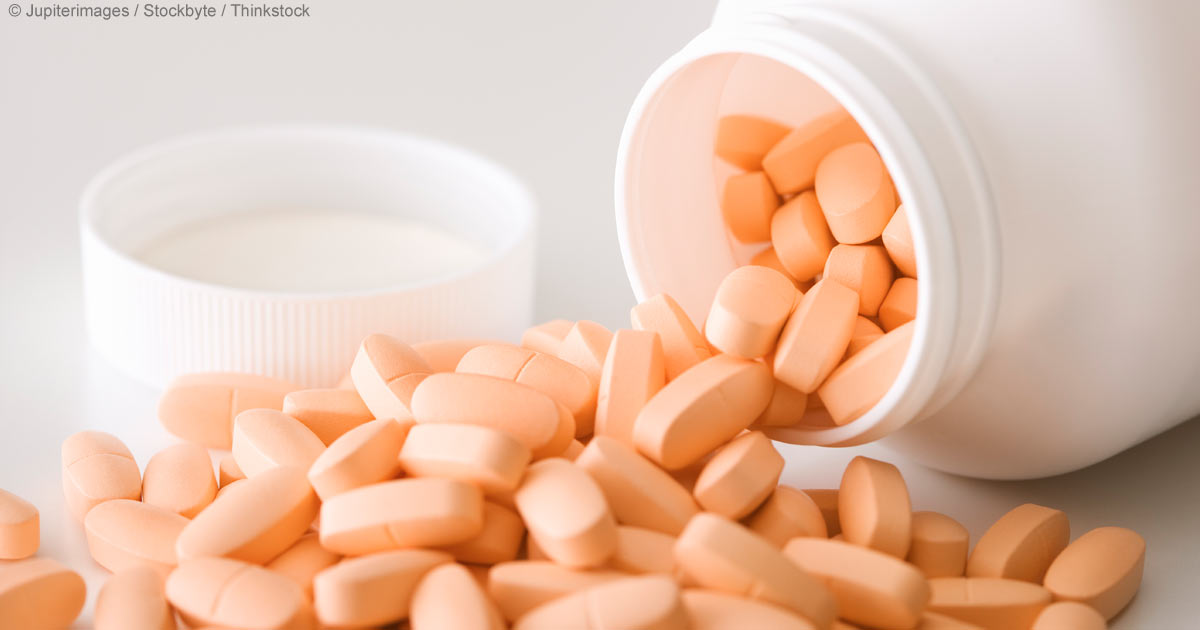
Medical personnel have always known of the side effects of these drugs, but stress that the advantages significantly outweigh their disadvantages. Nevertheless, researchers at the Albert Einstein College of Medicine in New York have stated that these drugs impair insulin production. Insulin is a peptide hormone that regulates blood sugar level. When inadequate or absent, causes diabetes mellitus.
The decade-long study of more than 3,200 patients who took statins to treat and minimize the effects of cardiovascular diseases showed that statin-users had a 30 percent higher risk of developing type-2 diabetes. Despite the negative effects of statins, around six million Britons continue to take it, because it has been proven to lessen the chance of experiencing a repeat attack.
Dr. Tim Chico, a consultant cardiologist at Sheffield University, says that even if the study confirms the small risk of diabetes with statin treatment, the other main causes of diabetes, which are being overweight and obese, should be given more attention.
The effect of poor lifestyle choices
Diabetes is the result of an unbalanced and unhealthy lifestyle. Diabetes is also indicative of an intolerance for carbohydrates. The condition can be avoided by practicing proper nutrition habits and by engaging in a more active lifestyle. Eating unhealthy food and having a sedentary or non-active lifestyle can contribute towards having non-communicable diseases like diabetes and cardiovascular disorders.
In order to identify the existence of diabetes in a person, there are three possible tests doctors can administer: the A1C test, the FPG (fasting plasma glucose) test, and the OGTT (oral glucose tolerance) test. These tests determine if the patient has a normal metabolism, pre-diabetes, or diabetes. Like heart diseases and HIV/AIDS, diabetes is treatable, but there is no known cure for it. It is highly recommended to engage in a healthier lifestyle than to risk developing these lifetime diseases.
Facts and figures
Diabetes is a lifelong disease and affects more than 422 million people worldwide.
- The symptoms of diabetes are: intense thirst and hunger, frequent urination, weight gain and sometimes weight loss, fatigue, non-healing cuts and bruises, and numbness in extremities like the hands and feet.
- Risk of cardiovascular disease is much higher if you have diabetes (and vice versa), so blood pressure and cholesterol level should be monitored more often.
- In type-1 diabetes, the body does not produce insulin. Only 10 percent of all cases of diabetes are type-1.
- Type-2 diabetes is when the body does not produce enough insulin for proper function, and constitute 90 percent of the cases worldwide.
According to the John Hopkins Hospital in Maryland, there has been an increase from 5.5 to 10.8 percent of the total population with diabetes since 1988. Proper diagnosis can be given with blood screening tests: the first test would be to identify, and the second to eliminate false positives. It is recommended that individuals over 45 years, or those who are overweight or obese to consult a doctor in order to identify early signs of the disease.
Sources include:
Please contact us for more information.























